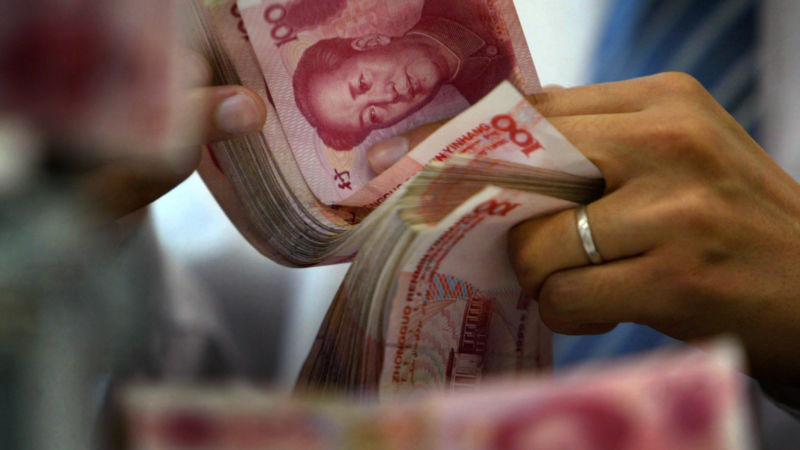The theory of processing trade was introduced in China over 30 years ago. It has since facilitated a rapid expansion of Chinese export activities by providing unique protectionist policy advantages like duty and license exemption programs. About 30% of China’s trade volume falls under a processing trade module. China has also signed multiple free trade agreements and proposed various trade facilitation policies, which has greatly increased ease of doing business with China for other countries.
Of late though, China’s industrial restructuring, complicated management concepts and regulatory tools have led to a decline in the number of companies that are participating in the processing trade programs. Because of this decline, and its impact to China’s export volume, China Customs is diligently working to update the management method to increase participation.
On the 21st of June, after nearly a year of piloting the new program, China’s General Administration of Customs (GAC) published the GAC announcement No. 59 of 2018 outlining a comprehensive promotion of enterprise-oriented processing trade reform. According to the announcement, the purpose for the reform is to support the development of businesses participating in processing trade and to enhance the competitiveness of these enterprises.
Under the new model, processing trade is managed by the enterprise, instead of the previous contract-based approach, which was directed by Customs. Under the contract-based approach, the time-consuming and repetitive document generation required by Customs for the shipment registration was a burden upon companies. The previous requirement was not flexible with regards to the manufacturing process when alternative materials were consumed in production. Under the old rule, material consumption was required to be reported before import so Customs could monitor the material bond number.
Under this new model, there is a one-time registration, enabling enterprises to set up handbooks and reconciliation cycles according to their production and sales cycles, and industry distinctions. In addition, enterprises can choose to use the accounting method of consumption of bonded materials, such as customs consumption, bill of material (BOM), and work orders to report the reconciliation results to customs.
These new changes have greatly enhanced the autonomy and flexibility of Chinese enterprises in production and operations and solved the practical operational problems of inaccurate consumption reporting to Customs during reconciliation reporting, which led to companies having to pay additional duties.
The new model also provides enterprises the ability to demonstrate AEO (Authorized Economic Operator) level credit using internal controls with self-examination and self-disclosure, threat tolerance methods and proposed remedies. During the entire reconciliation cycle, if enterprises find inaccuracies in the declarations of bonded material, they can submit a supplementary declaration to the customs authority to explain the discrepancy. This helps enterprises reduce non-subjective violations and improve their compliance with customs activities.
Customs is also implementing an extended deadline for bonded material domestic sales declarations, simplifying subcontracting and bonded transfer processes, making the entire processing trade method more efficient and convenient.
Companies have of recent also realized the benefits that comes with automating the collection of mandatory information the preparation of required documentation and communication with Customs authorities. By implementing automated solutions that connect with the company’s ERP and Customs’ system, they are increasing their level of accuracy and ability to maintain compliance at the highest levels with Customs. This is a winning situation for the company, China Customs and processing trade.
Conclusion
Much of the burden experienced in managing processing trade was tied to the previous requirements and the manual impact of time spent in meeting those obligations. Because of the reform changes from China Customs, and their commitment to alleviate the stringent requirements for more companies to participate in processing trade, it is expected the export volume will increase.






